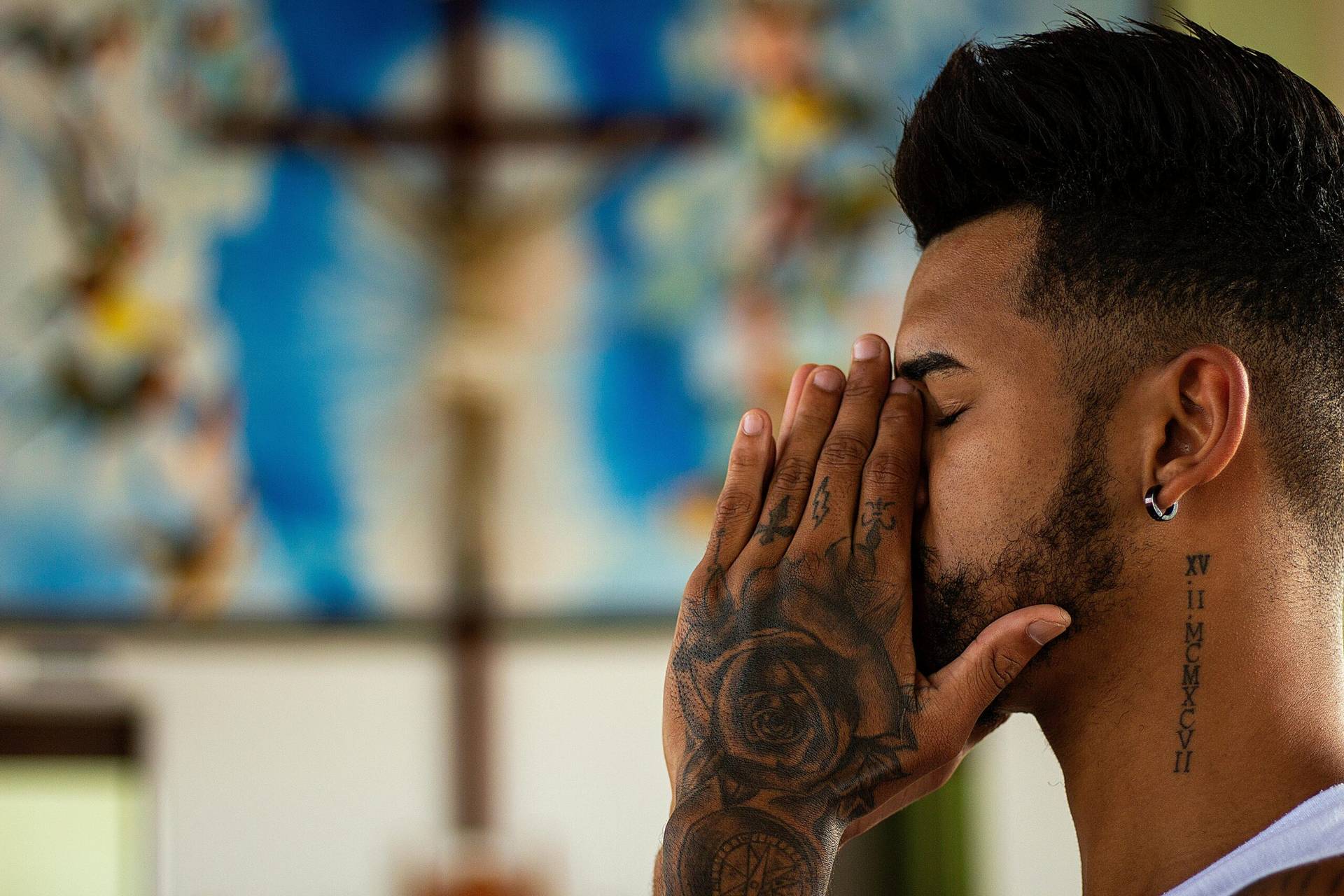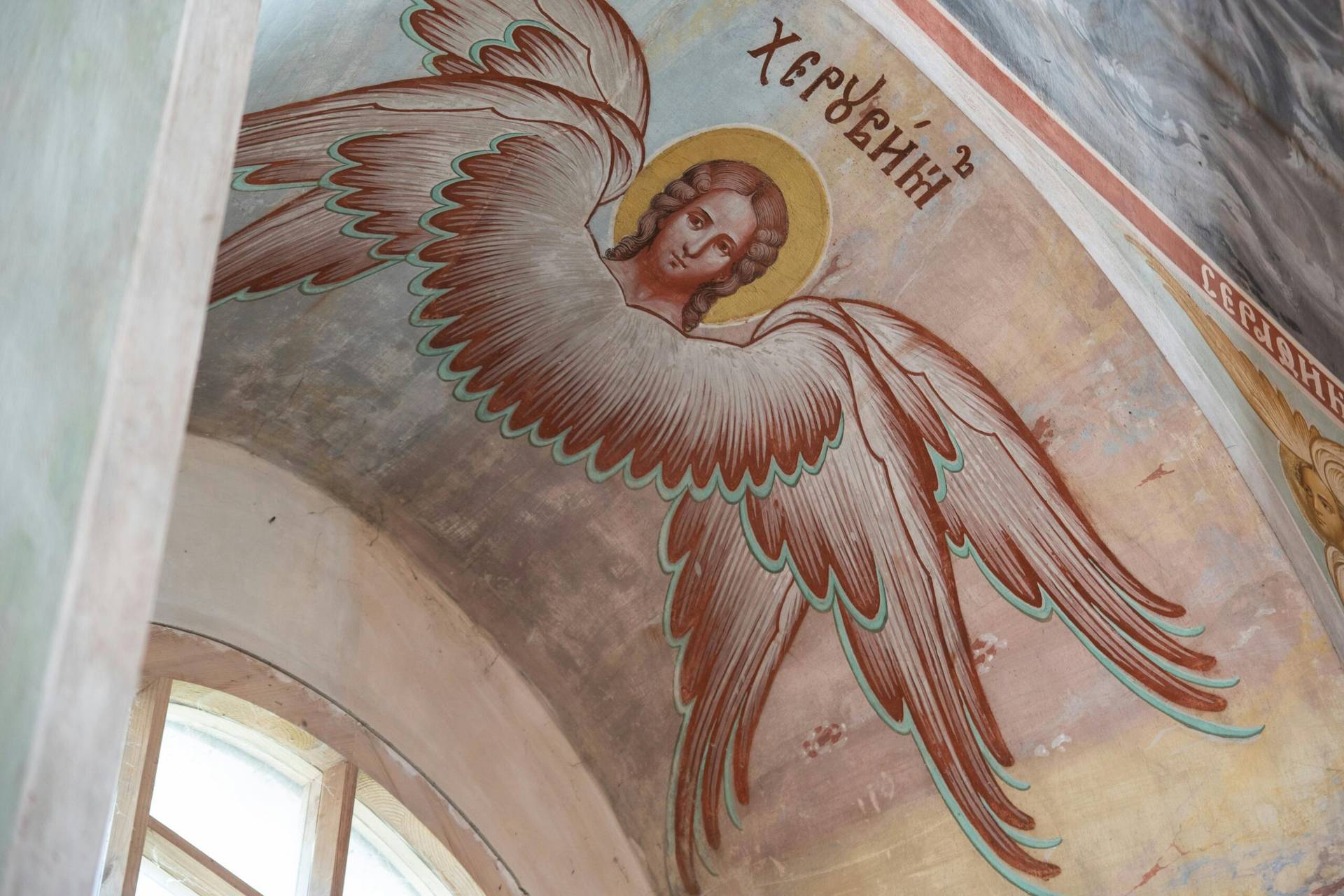After enjoying the lightheartedness of Laetare “Rejoice” Sunday last weekend, we are now called by the Church into the somber “second phase” of Lent.
Having spent the first part of the penitential season focusing on our acts of devotion and reexamining where we stand in our own discipleship with the Lord Jesus, our focus now shifts. Believers now move from the work of self-scrutiny into a concerted recollection of the Lord’s forthcoming sorrows and sufferings.
Traditionally called Passiontide, the next two weeks of Lent form an intense interior period of Lent. It is a fortnight of reflection on the dejection of the Lord Jesus as we proximately prepare ourselves for the Upper Room, the Garden of Gethsemane, the false trial before the Sanhedrin, the crowning with thorns, the scourging at the pillar, the carrying of the Cross, the mockery, the stripping of clothes and dignity, and the excruciating pain and asphyxiation of the Cross.
As the saying goes, “no cross, no crown.” And so, Christian believers are summoned in the Passiontide to begin their contemplation of the Lord’s via dolorosa. This is the time to ready our hearts for the liturgical reliving of the tragedy of the Lord’s Passion and Death on Holy Thursday and Good Friday so that we can worthily set the stage of our souls to gloriously celebrate his triumphant Resurrection at Easter.
Simply put, Passiontide is the second phase of Lent given to believers so that they can focus on Jesus Christ and prepare themselves to celebrate a profoundly spiritual Triduum. It is a sacred time to direct the energies of our souls to Jesus Christ.
Passiontide, therefore, can be a time to go deeper into our Lenten observance by readying ourselves for the Triduum or, if it’s been a bad Lent so far, it can be an opportunity to reinitiate a mini-Lent for the next two weeks. Either way, Laetare Sunday was the transitional festival. We’re in Passiontide now. Next week, we will be in Jerusalem with the Lord for Palm Sunday. The following Thursday and Friday, we will see his ignominious Passion and Death.
Will we be ready to be with the Lord in his sufferings? Will we allow ourselves to accompany him spiritually and be transformed by his radical act of love? Will we do this work so that we can fully celebrate his glorious Resurrection?
As a help to us in this spiritual work, the Church recommends certain external observances. Each of these customs, while optional in many places, are proposed as a means to make Passiontide more visible.
The most observable of these customs is the covering of statues. In many parts of the Church, statues are veiled from this weekend until the Easter Vigil. The practice might seem odd to believers and guests alike, but the tradition has been observed for generations. It’s meant to calm the spiritual landscape of the Church, draw the eyes of our hearts to a deeper reflection on Jesus Christ, and heighten our anticipation for the full revelation of his glory at Easter.
As the liturgist Peter Elliott writes: “The custom of veiling crosses and images in these last two weeks of Lent has much to commend it in terms of religious psychology, because it helps us to concentrate on the great essentials of Christ’s work of Redemption.”
Complementing the veiling of holy images, the Church asks that liturgical music take on a more subdued expression. Passiontide is not the occasion for any type of festive overture. The Church is in deep prayer and spiritual recollection.
Relating to the musical settings, the Church asks that all bells be silenced during Passiontide. If bells are used at Mass, it’s requested that they be suspended. In the Christian tradition, bells are not seen as mere reminders to believers (a kind of, “hey wake up”), but are seen as sacramental expressions of the joy and glory of the Resurrection. Bells announce that Christ is Risen. They manifest the joy that God is with his people.
During Passiontide, therefore, any use of bells is asked to be suspended. This is also done so that the bells at Easter are more fully appreciated and contribute to the believers joy that the Lord has been raised from the dead.
However these customs may or may not be observed in local parishes, they are meant to assist in the pivotal work of believers during Passiontide, namely, to reflect on the sorrows and sufferings of the Lord and so prepare themselves well for the Sacred Triduum. This is the focus. This is the invitation of Passiontide.

















